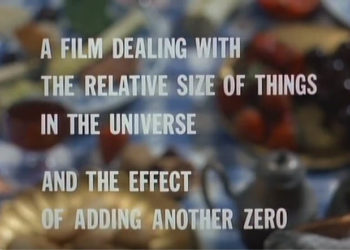Schlieren photography takes advantage of the different refractive index of different materials — how fast light can travel through different substances, even the difference between hot and cold air — and produces spectacular images of the unseen forces that surround us. These inhomogeneities were first observed by Robert Hooke in the 1600s, and turned into an observational technique some 200 years later by Léon Foucault and August Toepler. Schlieren photography is now used mostly for studying aerodynamics and fluid flow, but also makes for some great images. Below, a primer on how it works.

